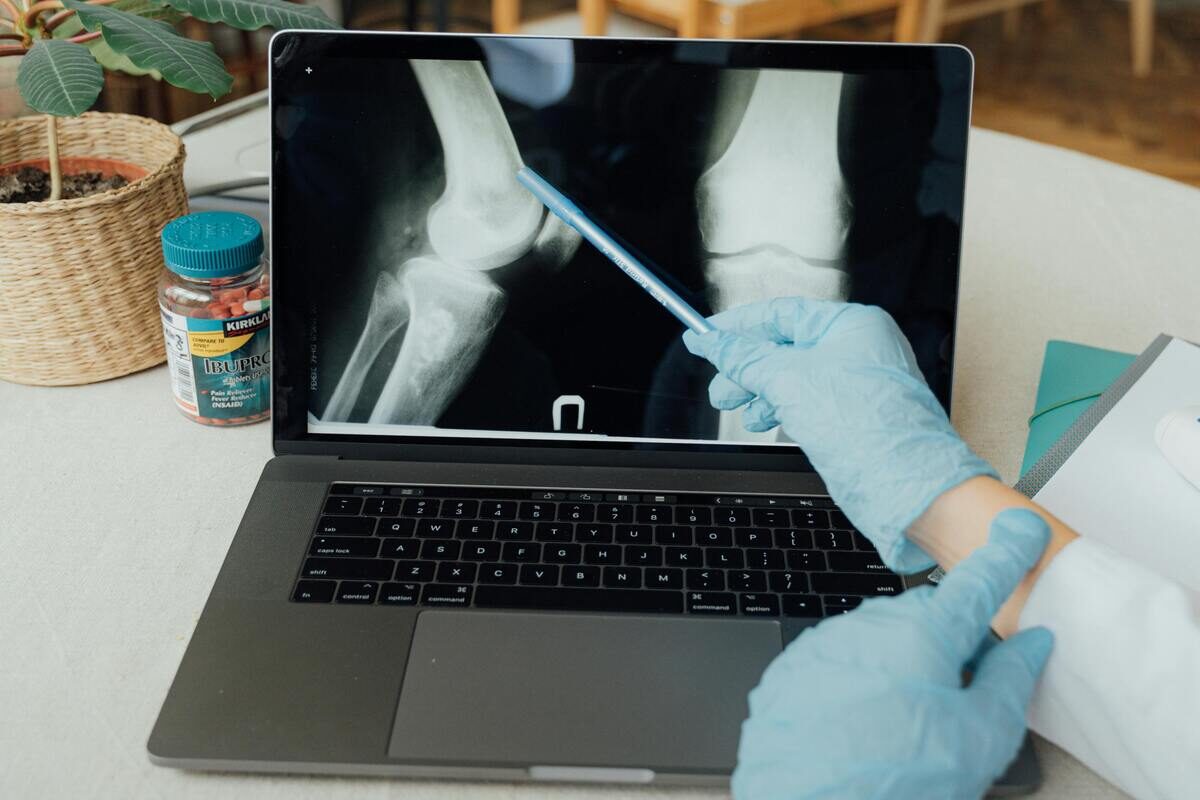Dr. Samuel Duff offers expert surgical and non-surgical treatment for fractures across Perth and Western Australia.
From wrist to hip injuries, prompt and tailored care ensures optimal healing and recovery.

Trauma injuries — especially bone fractures — are some of the most common and urgent orthopaedic conditions. Dr. Samuel Duff is a fellowship-trained orthopaedic surgeon providing expert care for upper and lower limb fractures across Perth and regional WA.
He is an on-call surgeon at Sir Charles Gairdner Hospital, regularly managing complex trauma cases involving the wrist, ankle, shoulder, hip, and long bones.

Fractures are breaks or cracks in bones that vary in type, severity, and location. Some occur due to high-energy trauma, while others result from weakened bone density or low-impact injuries. Common fracture sites include:
Fractures are managed either:
Treatment depends on the location, stability, displacement, and patient health. Healing times generally range from 6 to 10 weeks, with ongoing physiotherapy to restore function.
After wrist surgery:
Post-operative care depends on the fracture pattern. Typically:
Some fractures happen despite strong bones, while others are related to osteoporosis or low bone density — particularly:
If you’ve experienced one of these fractures, talk to your doctor about bone density assessment and long-term prevention strategies to avoid future injuries.

Initial care is typically provided in the emergency department or urgent care, but follow-up with a specialist is crucial. Prompt assessment and treatment significantly improve outcomes, reduce complications, and minimise the risk of long-term dysfunction.
Please contact Dr. Duff’s office as soon as possible following your injury for consultation and care planning.
Whether you’ve suffered a recent fracture or need follow-up care after emergency treatment, Dr. Samuel Duff provides orthopaedic trauma management at both public and private hospitals across Perth and Western Australia.